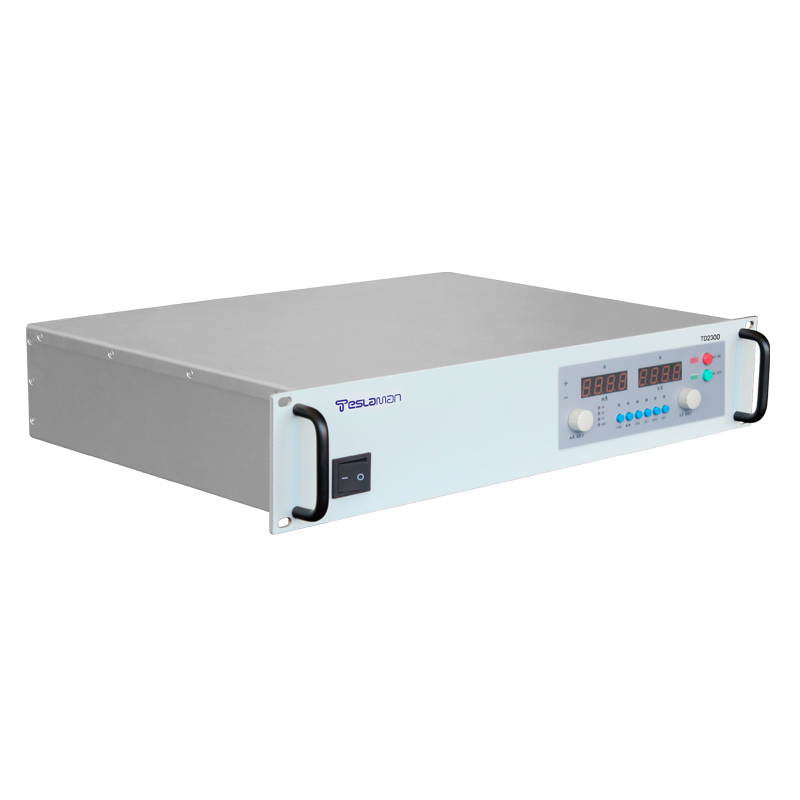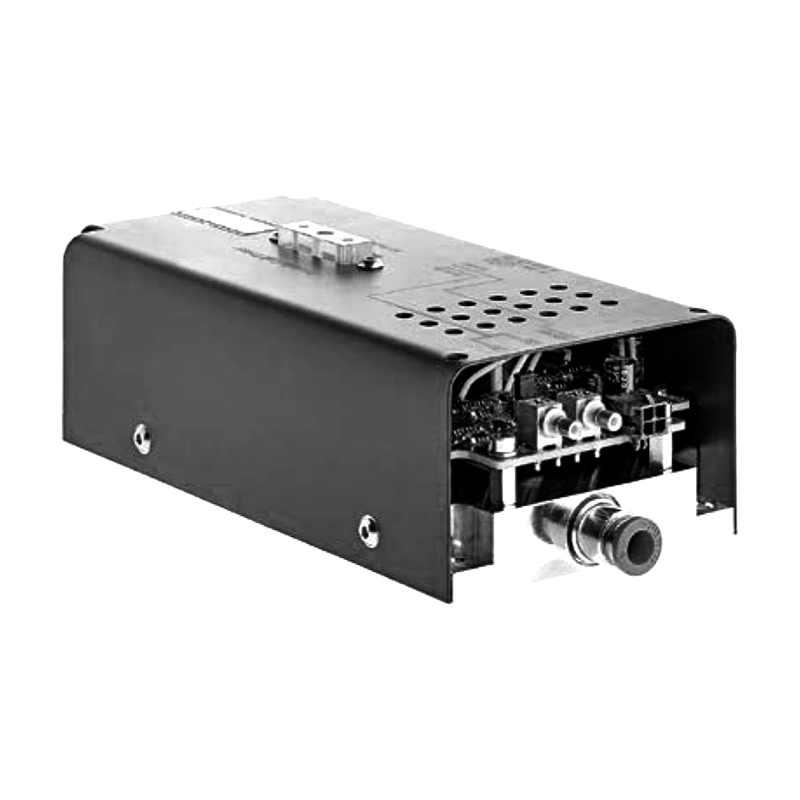Technical Application of High-Voltage Power Supplies in Virus-Fighting Equipment
In the context of global public health security challenges, the development and application of virus-fighting equipment have become crucial. As a specialized power source capable of delivering high-voltage output, high-voltage power supplies play an indispensable role in various anti-virus devices, leveraging their unique advantages in energy conversion, electric field regulation, and plasma generation. From air purification to medical disinfection, high-voltage power supply technology is contributing to virus prevention and control in innovative ways.
1. Core Technical Principles and Adaptability of High-Voltage Power Supplies in Anti-Virus Applications
The core technology of high-voltage power supplies lies in converting conventional voltage into high-voltage output, achieved through methods such as switching power supply technology, transformer boosting, and modular design. By employing pulse width modulation (PWM) and feedback control strategies, high-voltage power supplies can precisely regulate output voltage and current, ensuring stable energy delivery. This characteristic aligns perfectly with the requirements of virus-fighting equipment, as virus disinfection processes often demand stable and controllable energy inputs to achieve efficient and safe treatment results.
In practical applications, high-voltage power supplies can inactivate viruses by generating high-voltage electric fields or exciting plasma, which disrupts the protein structure and nucleic acid chains of viruses. This physical disinfection method eliminates the need for chemical agents, thereby avoiding secondary pollution and meeting the stringent standards of public health safety.
2. Typical Applications of High-Voltage Power Supplies in Anti-Virus Equipment
(1) Air Purification Equipment
In the field of air purification, high-voltage power supplies are commonly used to drive electrostatic precipitation and low-temperature plasma technologies. Electrostatic precipitators utilize high-voltage electric fields to charge airborne particles, which are then attracted to electrode plates under the influence of electrostatic force, effectively removing aerosol particles carrying viruses. Low-temperature plasma technology, on the other hand, generates plasma by exciting gases with high-voltage power supplies. The reactive species within the plasma, such as free radicals and ions, rapidly oxidize and decompose viruses, achieving air purification. Studies have shown that air purification devices equipped with high-voltage power supplies can reduce virus concentrations in the air by over 90% within a short period.
(2) Medical Disinfection Equipment
In medical settings, high-voltage power supplies are widely applied in ultraviolet (UV) disinfection lamps and plasma sterilizers. UV disinfection lamps use high-voltage power supplies to excite mercury vapor, generating intense UV light that damages the DNA and RNA structures of viruses, rendering them inactive. Plasma sterilizers, meanwhile, utilize low-temperature plasma produced by high-voltage power supplies to efficiently sterilize medical and surgical instruments. This technology not only rapidly kills viruses but also prevents damage to delicate equipment caused by high temperatures, meeting the strict requirements of the medical industry.
(3) Personal Protective Equipment
Some advanced personal protective equipment also incorporates high-voltage power supply technology. For instance, certain intelligent masks feature built-in micro high-voltage power supplies that purify inhaled and exhaled air in real-time by generating weak electric fields or releasing reactive species, enhancing the mask's protective capabilities. Additionally, high-voltage power supplies can be integrated into portable disinfection devices, providing on-the-go disinfection solutions for healthcare workers and the general public.
3. Technical Challenges and Development Trends
Despite the significant advantages of high-voltage power supplies in virus-fighting equipment, several technical challenges remain. These include reducing equipment energy consumption while maintaining high-voltage output and improving the stability and reliability of high-voltage power supplies in complex environments. In the future, with the development of new materials (such as wide-bandgap semiconductors) and intelligent control technologies, high-voltage power supplies will evolve towards miniaturization, high efficiency, and intelligence. For example, high-voltage power supplies utilizing silicon carbide (SiC) and gallium nitride (GaN) devices can achieve higher switching frequencies and lower losses, thereby enhancing overall device performance.
In conclusion, high-voltage power supplies play a pivotal role in virus-fighting equipment due to their unique technical characteristics. As technology continues to innovate and improve, high-voltage power supplies will provide stronger technical support for public health security, demonstrating greater application potential in future virus prevention and control as well as public health domains.




















